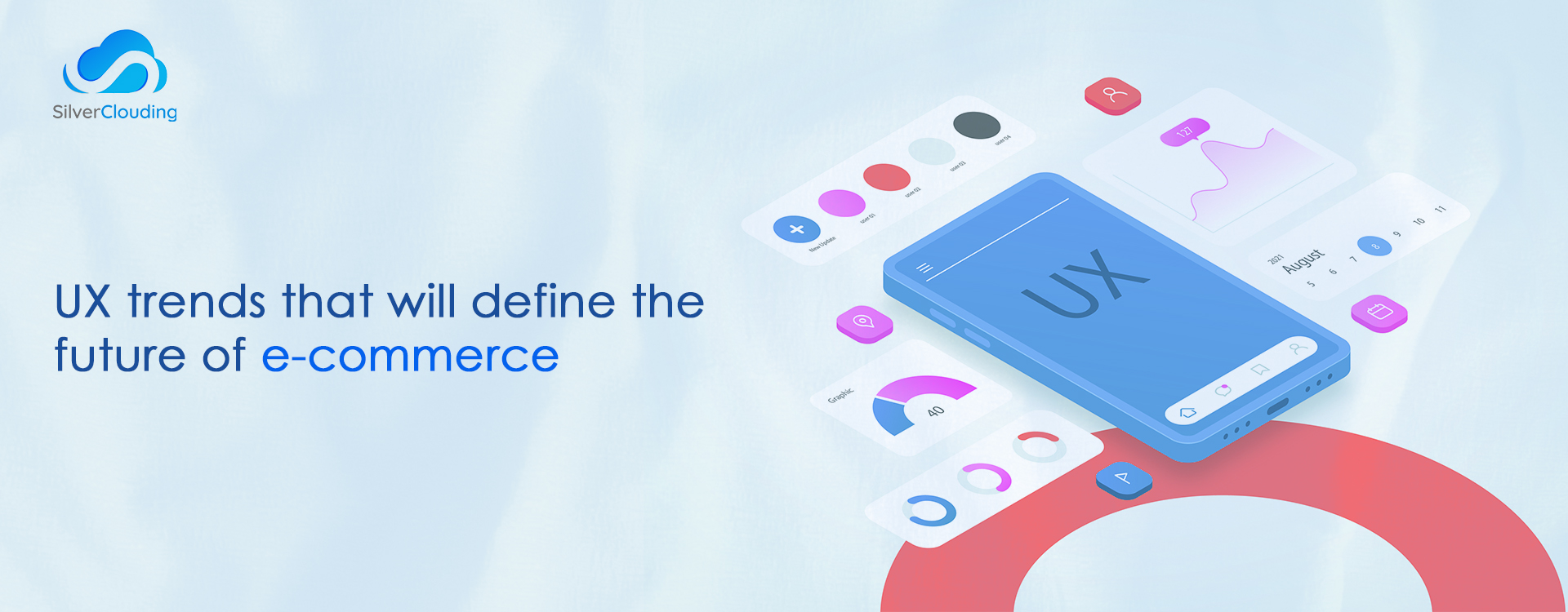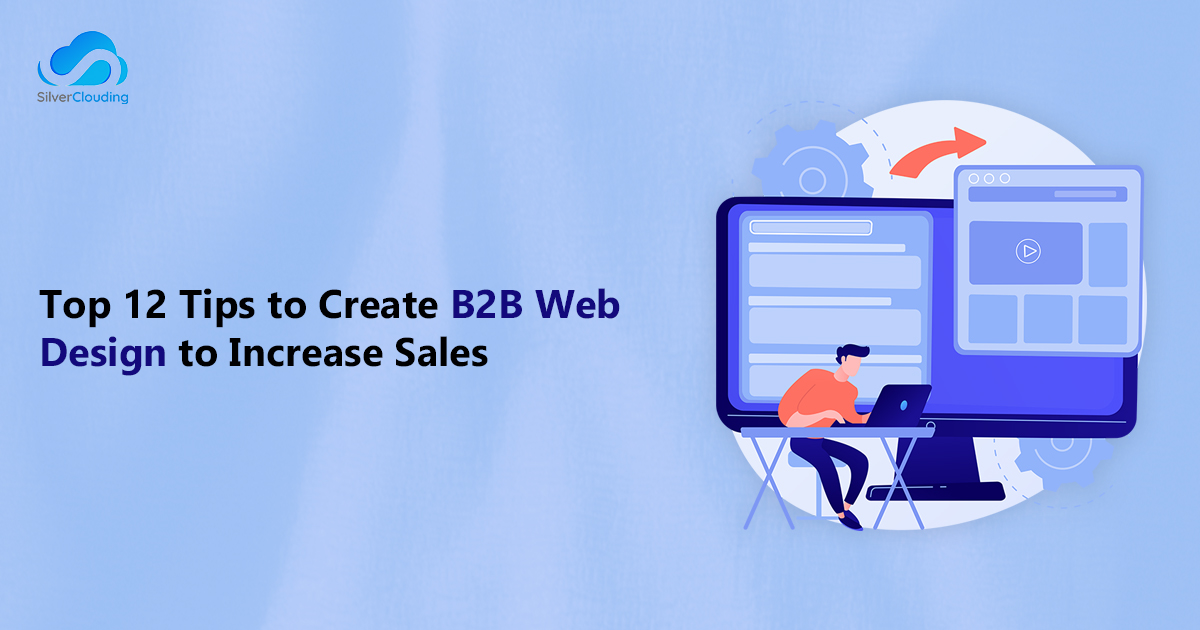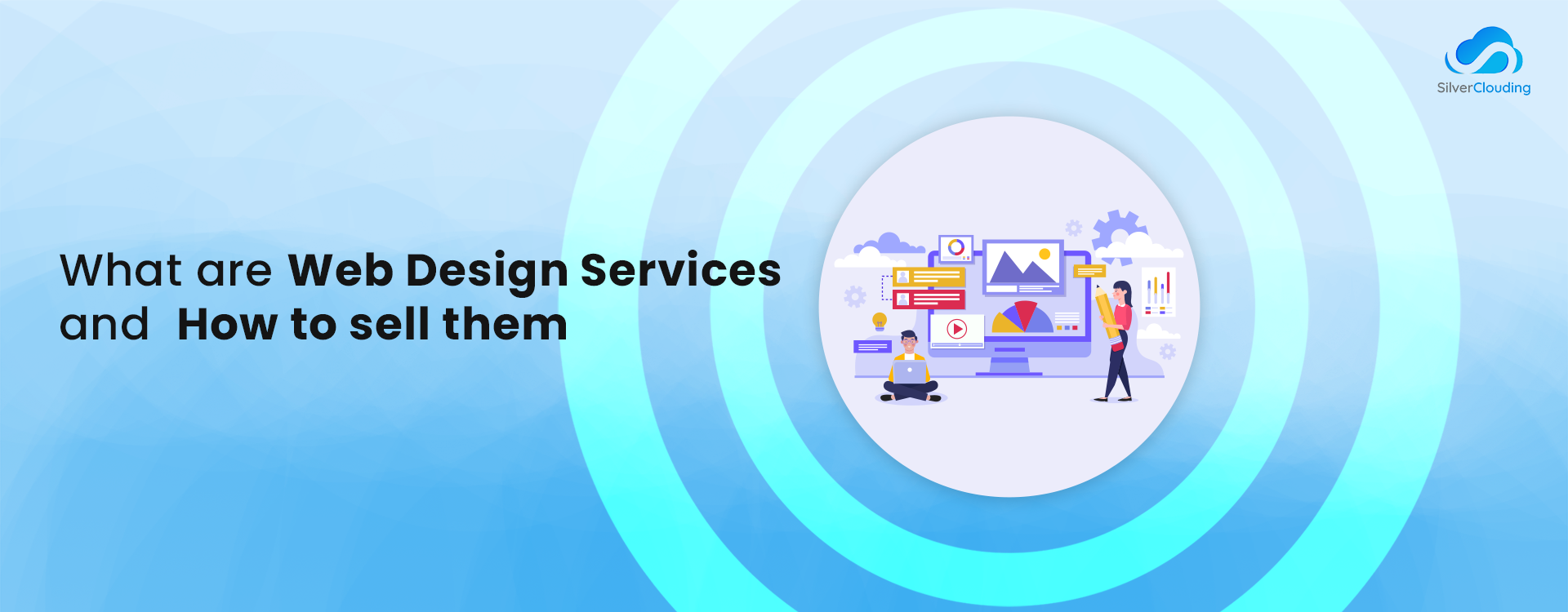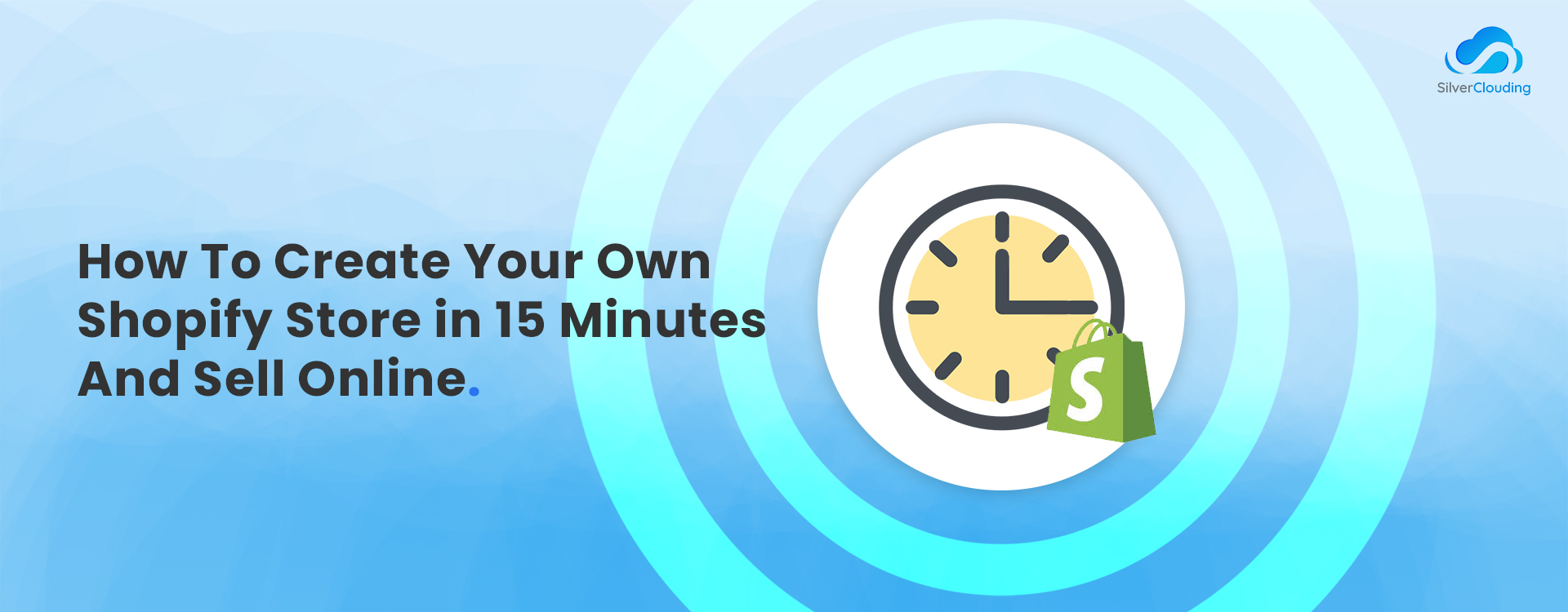Organizations involved in e-commerce are seeking more daring and inventive approaches to maintain their competitiveness. Brands are using fascinating website designs as a result. The current trends in e-commerce UX and UI design go beyond simply building a website with creative shopping concepts; they also make a lasting effect on the user experience.
As a result, considerable improvements to the e-commerce UI/UX design are being made in an effort to compete globally. Additionally, the designers want to give customers a fun, practical, and rewarding online buying experience. These e-commerce UX and UI design recommendations should be taken into account if you want to capitalize on the continuously changing buyer journeys.
This article aims to give you a brief overview of current e-commerce UX trends. In order to assist you in determining what can change for your e-commerce business, we will concentrate on industry trends.
User experience (UX) design: what is it?
UX design includes components of branding, design, usability, and function in the design of the full process of obtaining and integrating the product.
If you want to turn a website visitor into a customer, you must make sure they have a positive experience. You must present a superior substitute because your rival is easily found online. This implies that you must maintain your eCommerce website’s design and keep it both user-friendly and aesthetically pleasing.
The Critical Role of UX in Unlocking the Future of Online Shopping
In order to ensure that your customers can quickly navigate your website, find what they need, buy it, and move on, user experience (UX) is essential to e-commerce. Additionally, individuals will buy from you more frequently if you make it simple for them to do so. You must therefore ensure that your business provides the finest user experience it can.
Businesses should anticipate the growth of the following trends in UX design for eCommerce this year:
- AI-Powered Personalization Will Be Used More Often: AI-Powered Personalization in E-Commerce Will Revolutionize How We Shop. Retailers may provide tailored experiences, from product recommendations to custom homepage designs, using data and machine intelligence. Retailers can develop customised offers, coupons, and promotions by examining client data like browsing history. This improves consumer satisfaction, increases revenue, and encourages loyalty.
- Growth of Voice-Enabled Shopping: Voice assistants like Google Assistant and Alexa are poised to transform the e-commerce industry. By 2023, shops will use voice commands more frequently to make shopping more convenient. Customers may easily make purchases, and voice-based customer service will improve support and hasten to problem-solve.
- Prepare for immersive retail experiences with virtual reality (VR) shopping. By 2023, merchants will use VR to build virtual showrooms and stores that customers can browse and shop in. Virtual try-on, furniture visualization, and tours will increase engagement and help people make well-informed choices. Use VR to embrace the future of shopping.
Role of UI/UX in e-commerce
‘Customers will spread the word about a terrific experience you provide if you do it well.’ It’s difficult to disagree with Amazon CEO Jeff Bezos when he argues that word-of-mouth marketing is incredibly effective. Obviously, a number of factors, including the following, affect how well e-commerce operations perform.
- The standard of the good or service provided
The level of design for the website or mobile application that will be used to deliver the sales as well as the quality of the content used to display the offer to clients.
Therefore, it is clear that the UI/UX design component is essential. A business participating in such a well-liked e-commerce game can immediately benefit from carefully thought-out logic and transitions, clear and concise micro-interactions, quick feedback from the system, beautiful product presentation, straightforward payment flow, and a variety of other aspects. In this area, designers and business professionals can collaborate for the benefit of everyone, but especially the target user.
The following factors should be carefully taken into account while creating an e-commerce website or mobile application:
-Clear data presentation using menus,
-Catalogs, and other visual features,
-Strong branding,
-User data security,
-And ease of use.
Easy access to general and contact information about the company offering the goods or services, as well as a design that complements the offer without overshadowing it. On that basis, let’s examine the specifics from the business side, the UX aspect, and the UI aspect, whose combination in design generates success for e-commerce platforms.
Six trends for immersive e-commerce in 2023
Animated product announcements
Consumer expectations are increasing as e-commerce takes centre stage in the brand experience of customers! Being present across several different digital channels is no longer sufficient for brands. Instead, firms that go above and beyond to provide more entertainment are increasingly valued by consumers, who value any chance to make positive memories.
In order to tell marketing tales and highlight product attributes, for instance, brands have modified scroll functionality. Additionally, 3D animations are incorporated into e-commerce designs for rich content, making it simple for clients to see goods in action.
Voice Shopping
For those of you who are unfamiliar with this technology, let us quickly recap: voice assistants enable us to shop without ever touching our phones, instead allowing us to use voice commands to look for things and place orders.
Voice-controlled shopping, once seen as a gimmick, is expected to take off! The total global transaction value of online purchases made using voice assistants is anticipated to increase from 4.6 billion US dollars in 2021 to 19.4 billion US dollars in 2023, per Statista.
This is due to the development of technology and the rise in smart speakers and virtual assistants (Alexa, Google Home) available for purchase.
Voice shopping is already available from retail behemoths like Amazon (remember Echo? ), Walmart, and Alibaba, but it will soon be accepted by all consumers.
But, have you heard of SEO for voice searches?
When it comes to obtaining SEO success, voice search optimization involves a complete process. It varies from having a bilingual website, a quick website (yep, load time again), and more to nailing conversational, question-like, long-tail keywords optimized for voice search.
While some of the work in voice search optimization falls on your shoulders, you need also check that the website builder you choose is voice search optimized. You should be able to choose from appropriate multilingual alternatives, as well as from solutions that load quickly, are integrated with local SEO strategies (Google Business Profile), are mobile-friendly, and more.
Voice-activated commerce and chatbots
Another emerging trend in eCommerce is voice-activated shopping, followed by chatbots. These tools give users a conversational interface for communicating with enterprises by fusing machine learning and natural language processing. Businesses may increase customer satisfaction by providing personalized and efficient customer care with the aid of chatbots and voice-activated commerce.
Simpler checkout processes and payment methods
A difficult checkout procedure could cause cart abandonment and lower sales. As a result, businesses are implementing simplified checkout processes that involve fewer stages and less manual input. Additionally, businesses are offering a variety of payment methods that make it simple for customers to pay for their goods, including instalment payments, digital wallets, and mobile payments.
Visual hunt
The practice of visual search is becoming more common in e-commerce. Users will be able to search for products using photos rather than keywords in this case. For instance, if a user took a picture of a product they were interested in, the website would be able to recognize it and offer options for purchasing it using machine learning algorithms.
Visual search can make it simpler for customers to find the things they’re seeking while also improving the purchasing experience’s intuitiveness and enjoyment. One of the main forces behind this trend is Google Lens, which enables you to do a variety of things from copying and translating text to looking up product information from a photo you take with your smartphone.
Advanced cursor interactions
An essential component of web design, the mouse pointer connects users to an online store’s user interface (UI).
UX designers have recently added special animated effects to cursors, and they may even use them to perform activities that were previously performed using UI inputs. These updates aim to make the user experience smarter and more interesting, not only to impress consumers with design tricks.
The use of advanced cursor interactions will continue to grow in e-commerce, making it one of the top trends in UX designs through 2022 and beyond.
JUST SIX TRENDS? NOT AT ALL
If you want to stay current with eCommerce trends, you should also keep an eye on the following:
3.0 Web Omnichannel
- Shopping on social media/social commerce
- Metaverse
- Chatbots
- model subscriptions
- more options for payment
- flimsy stores
- Optimizing the experience after the sale
- Marketplaces
The list keeps on.
THEN WHAT?
The world is dynamic; nobody can truly foretell what will happen. We can try, though!
SilverClouding is here to inform you of these developments as an e-commerce website development agency to get ready for them.
Yes, not every trend is for everyone. Selecting the ones that work best for your brand, the experience you want to deliver, and your environment will be necessary.
One thing is for certain, though: you absolutely must ensure that your e-commerce website development company or platform offers you a comprehensive set of eCommerce features and an infrastructure that is designed to support these trends and any future ones, not to mention any potential difficulties. A website builder who can adapt is what you need.
Testing out your website builder is the greatest approach to determine if it’s appropriate for your eCommerce business.




